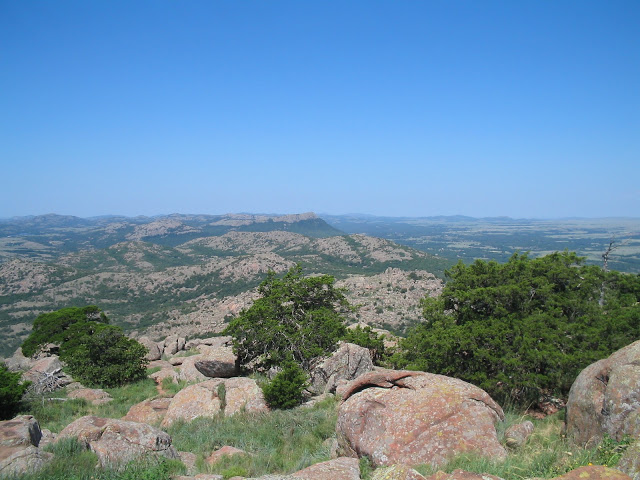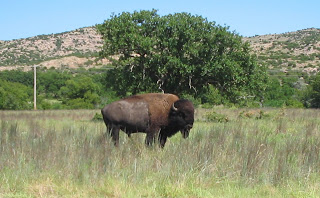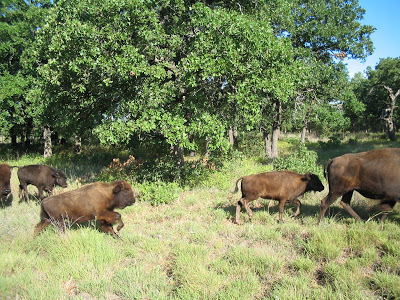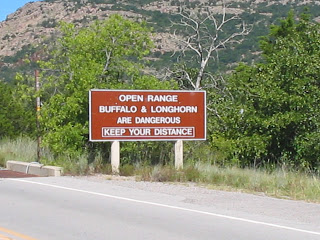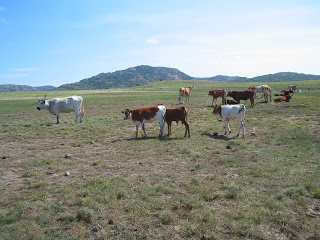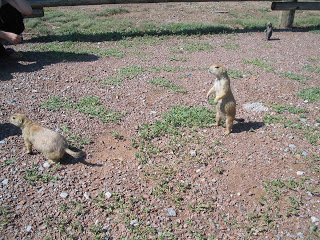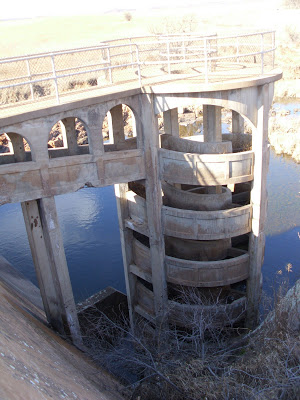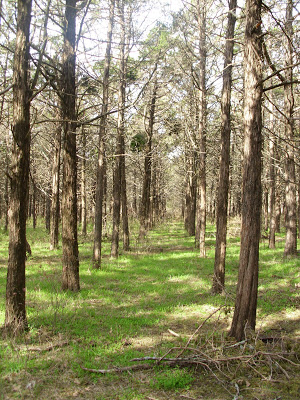The Wichita Mountains Wildlife Refuge, the oldest managed wildlife preserve in the United States, is a 59,020-acre preserve located about 20 miles northwest of Lawton in southwestern Oklahoma. It has protected unique wildlife habitats since 1901, when it was designated as a Forest Reserve by President William McKinley.
In 1905, President Theodore Roosevelt renamed it as a game preserve, and it has since provided a habitat for large native grazing animals and Texas Longhorn cattle. Bison, elk, deer and prairie dogs are a few of the animals residing in this prairie community.From an estimated 60 million bison, less than one thousand could be found on the Great Plains in 1900. The Wichita’s original subspecies of elk was hunted to extinction in 1881, but later the Rocky Mountain elk was established on the preserve.
It’s common to find buffalo grazing beside the road, or on the trail during your hike, or standing in the middle of the road just daring you to try and pass… It’s also fairly common to find people who have totally lost their marbles – people who get out of their car to walk up to them to get a good picture instead of using the zoom feature on their cameras. They do this having been informed that:
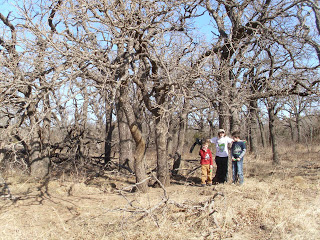 |
| Cross Timbers: Stephen and David with cousin Lindsey |
Lichen is a mixture of algae and fungi living in harmony. They dissolve and erode the rock and minerals to make soil.
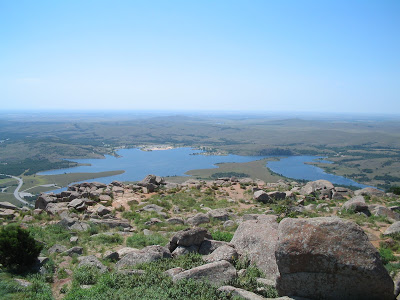 |
| Overlooking Lake Elmer Thomas from atop Mt. Scott |
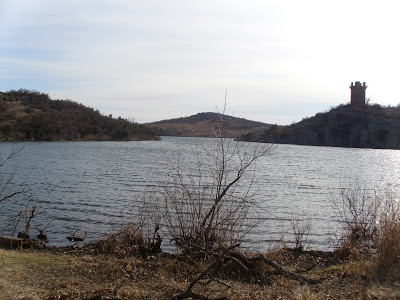 |
| Lookout tower at Jed Johnson Lake |
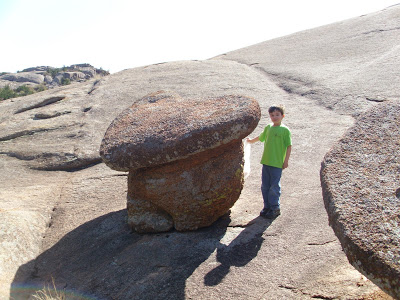 |
| Heart Rock |
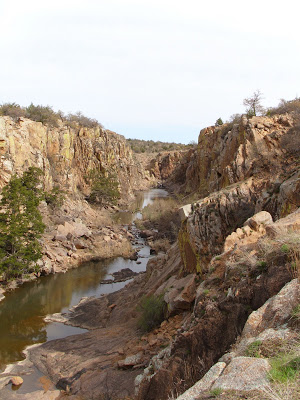 |
| Boulder Canyon |
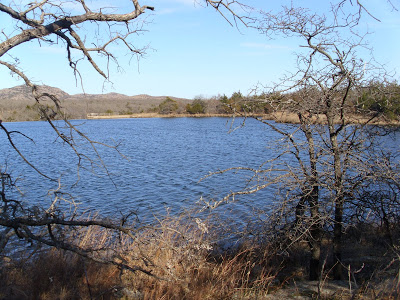 |
| French Lake |
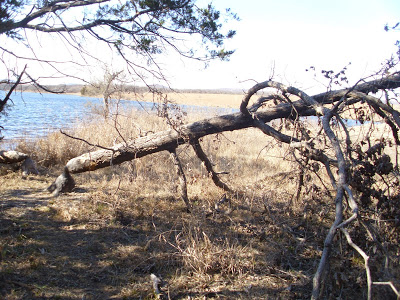 |
| Sign of a beaver on French Lake trail |
This is just a small selection of the many adventures we’ve had in the Wichitas. It is immensely beautiful and serene to hike the Wichitas (even with three boisterous boys!). With over 40 miles of paved roads, camping sites with primitive to electric hookup, three hiking trails, mountainous terrain, and several lakes, there is sure to be something for every outdoors enthusiast.
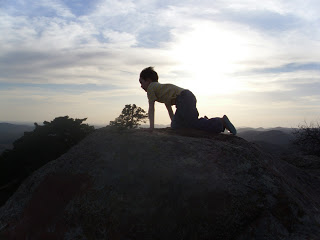 |
| Climbing boulders to experience Oklahoma wind atop Mt. Scott |

